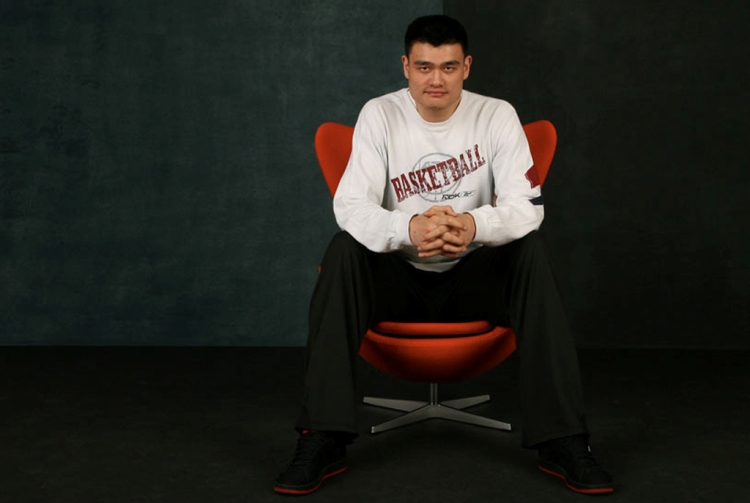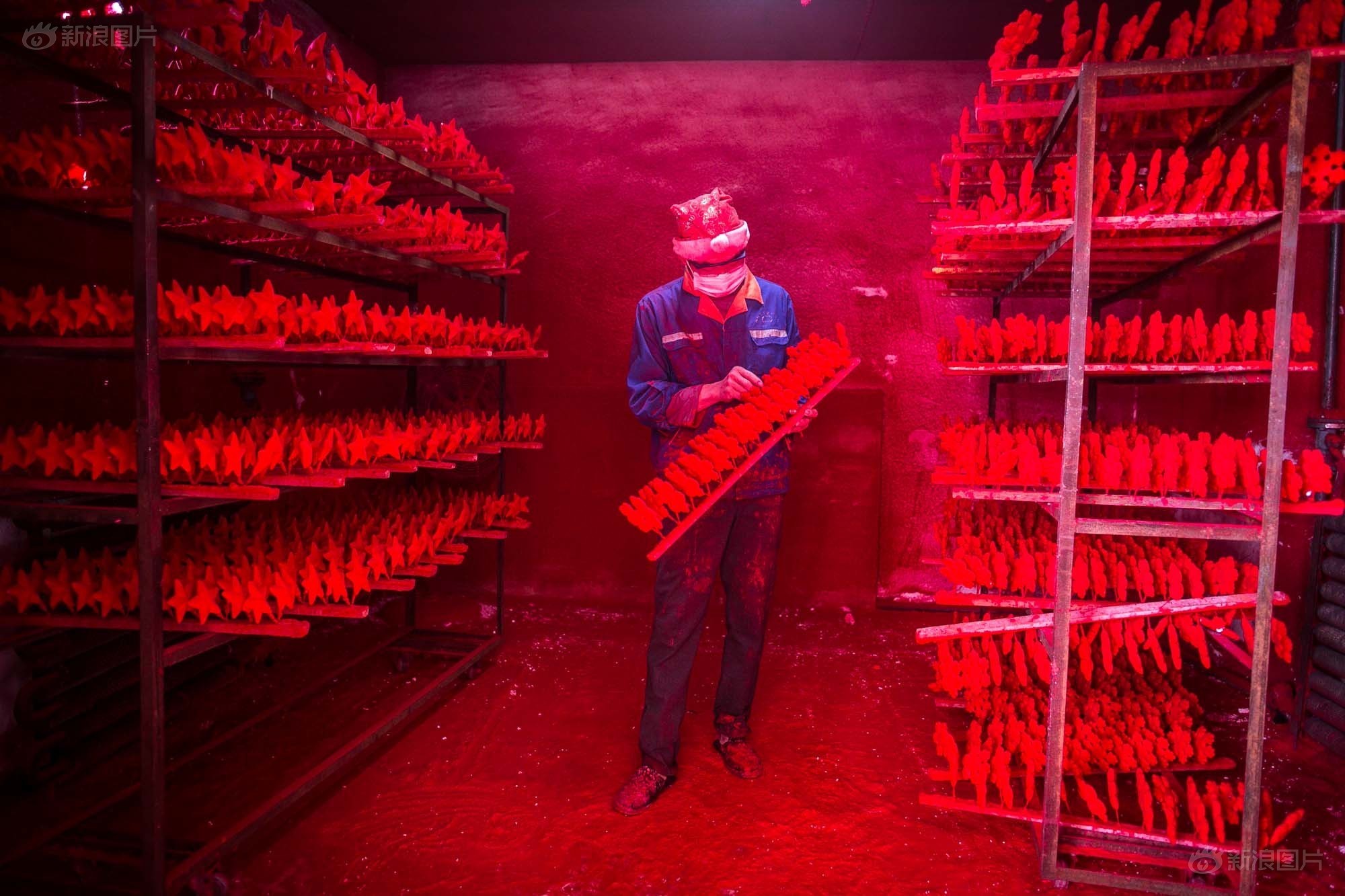By Cruz Maria Vallespir
Some 200 kilometers south of Osaka in Japan's Inland Sea, an eternity away from the idea of modern city life this archipelago nation has come to embody, lies one man's vision of a utopian world: the art island of Naoshima. At first, the tiny islet of Naoshima, just three square miles in size and with a population of 3,300, might simply look like a sleepy Japanese fishing community. But over the past two decades, a cultural convergence has taken over its landscape as museums, art installations and architecture have come to blend with the surrounding nature, turning it into an unlikely destination for art pilgrims from around the world.
The emergence of this “art island” can be credited to Japanese billionaire and philanthropist Soichiro Fukutake. A native of nearby Okayama, the businessman first took over part of the island, as well as surrounding Seto Inland islands including Teshima and Inujima, in 1985. His venture, the Fukutake Publishing Company (now the Benesse Corporation) began investing to transform these backwaters with an aging population into a place where, in Fukutake’s own words, “local action harmonizes with global thinking.” That transformation took a more defined direction in 1992, with the construction of the Benesse House Museum. A spiral of curved walls by minimalist architect and Pritzker winner Tadao Ando, it now displays temporary exhibitions of modern Japanese art.
Ando went on to design seven structures on the small island, including three museums and the Benesse House Park building, which is studded with museum-worthy pieces. The Benesse Corporation, on its part, has kept financing one project after another, creating a live, outdoor museum where divisions between art and nature simply dissolve.
The breakdown
Consisting of three main areas – Miyanoura (the main port), Honmura and the museum complexes around Benesse House – Naoshima is best navigated by bicycle. Although its museums are all worth a visit, roaming through the outdoor artworks dotted around the island is undoubtedly half of the fun. Sometimes cleverly disguised as children’s playgrounds and colorful gardens, they create a sort of scavenger hunt for the visitor, making for an endearing art safari.
.jpg)
Upon disembarking at Miyanoura Port on the western edge of the island, one is greeted immediately by the cutting edge, extraordinarily minimal Marine Station, designed by Japanese architects SANAA. Crisp and strikingly simple, the complex is so light it looks almost non-existent; a structure of thin white columns and mirrored surfaces reflecting visitors as well as the surrounding nature.
At the end of the quay, the island’s quirkiness becomes evident in the curvaceous, polka-dotted pumpkin of octogenarian artist Yayoi Kusama. Squatting above the sea, this joyful jumbo-size installation is an impressive sight, and the showpiece of Naoshima itself. The tranquil, sleepy fishing village of Honmura reveals equally scenic offerings. By its delicate houses, small bonsai-style gardens peep through the slits of semi open doors, offering glimpses of a long-forgotten, slower pace of life.

Visitors will find a number of accommodations here. Ours, the Gallery Inn Kuraya, provided a traditional Japanese home experience, with tatami floors and paper walls dividing each room. A quick stroll through this residential area reveals threads of contemporary art aplenty.
.jpg)
Among them, The Art House Project is not to be missed. The site consists of permanent art interventions on seven traditional Japanese houses, some of which are hidden down tiny side-streets. Contemporary artists were encouraged to work in collaboration with the villagers to transform the structures into modern art installations woven into the fabric of this traditional neighborhood, and the attachment from the community to each and every home is clear as one visits the space.

While in Honmura, architecture geeks should also make sure to check out the small but interesting Ando Museum. Designed by the man himself and dedicated to his series of projects on Naoshima and further works in Japan, it is housed in a 100-year-old traditional Japanese building, and is indistinguishable from similar nearby structures but for a cream noren curtain illustrated with large green leaves that hangs at its entrance.
.jpg)
It is on the hillsides, however, that Naoshima’s big-ticket draws can be found. There, perched on top of bucolic woodlands, sandy beaches glistening in the distance, are Ando’s main trio of galleries: the Chichu Art Museum, Benesse House Museum and the Lee Ufan Museum. An almost ascetic complex of raw concrete and geometric shapes, the Chichu Art Museum is perhaps the island’s crowning highlight. Chichu means “in the ground” in Japanese and indeed, the museum, built into a hilltop, is entirely underground. Defying a host of architectural conventions, the cubical space does not feel dark or stuffy, however. Ando, who designed it in 2004, made sure to include courtyards and strategic skylights offering natural light sources to every piece.
Here, visitors can marvel at several of Claude Monet’s Water Lilies, and soak in the striking beauty of a sphere sculpture and light installations from contemporary American artists Walter de Maria and James Turrell.
A wander through the must-see Benesse House Museum also proves inspiring. The complex – Ando’s first on Naoshima – comprises a dramatic cylindrical volume with further galleries radiating outwards, a five star hotel and a series of outdoor installations scattered down the hillside to the rocky peninsula below.
When it’s time to rest your legs, the Lee Ufan Museum, born out of a collaboration between Ando and Korean über-minimalist artist Lee Ufan, is the place to head to. Mixing geometrically shaped reinforced concrete with nature and open spaces that accentuate the artwork displayed within, its meditative room offers a welcome respite from a day of art hopping.
To finish a day of exploration, anyone visiting Naoshima should spend one evening immersed – quite literally – in the Naoshima Bath I♥湯 (a bilingual word play, the name uses the character for hot water, which is pronounced “you”), an art facility that is also a Japanese-style bathhouse. Opened in 2009, and designed by Japanese artist Shinro Ohtake, the site – whose eclectic facade displays a combination of neon lights, different tiles and palm trees – is a fascinating mix of traditional Japanese culture and contemporary art. Inside, artworks surround idle villagers going on about their lives; a sense of calm and tranquility reigning supreme.
That, it seems, is what Naoshima is all about: blending life and art together as if they were part of one single entity, a blissful present of creativity and nature, country living and visionary efforts. This art mecca of the East might be tiny, but it sure hosts the best of both worlds.
.jpg)
Getting there
Fly to Osaka Kansai International Airport and take the Shikansen (bullet train) to Okayama. Tickets and railways passes can be purchased at the JR West Railway Station, conveniently located inside the airport. The ride will take you only 1 hour and 45 minutes. Trains are fast, comfortable and immaculately clean. From Okayama, change to the regional train line to Uno. From there, take a 20-minute ferry to Naoshima.
What to see
The Benesse Foundation’s website (benesse-artsite.jp) offers information in English about the island’s art sites. It also provides details on admission prices, hours and directions.
Where to stay
Benesse House (Gotanji; 81-87-892-3223; benesse-artsite.jp) is Naoshima’s most high-end accommodation, with rates for two starting at JPY31,000 (around RMB1,790) for a double room.
Staying at a ryokan, a traditional Japanese inn, costs considerably less; the Naoshima Tourism Association lists lodging options at naoshima.net/en.





(1).JPG)
.JPG)

















0 User Comments